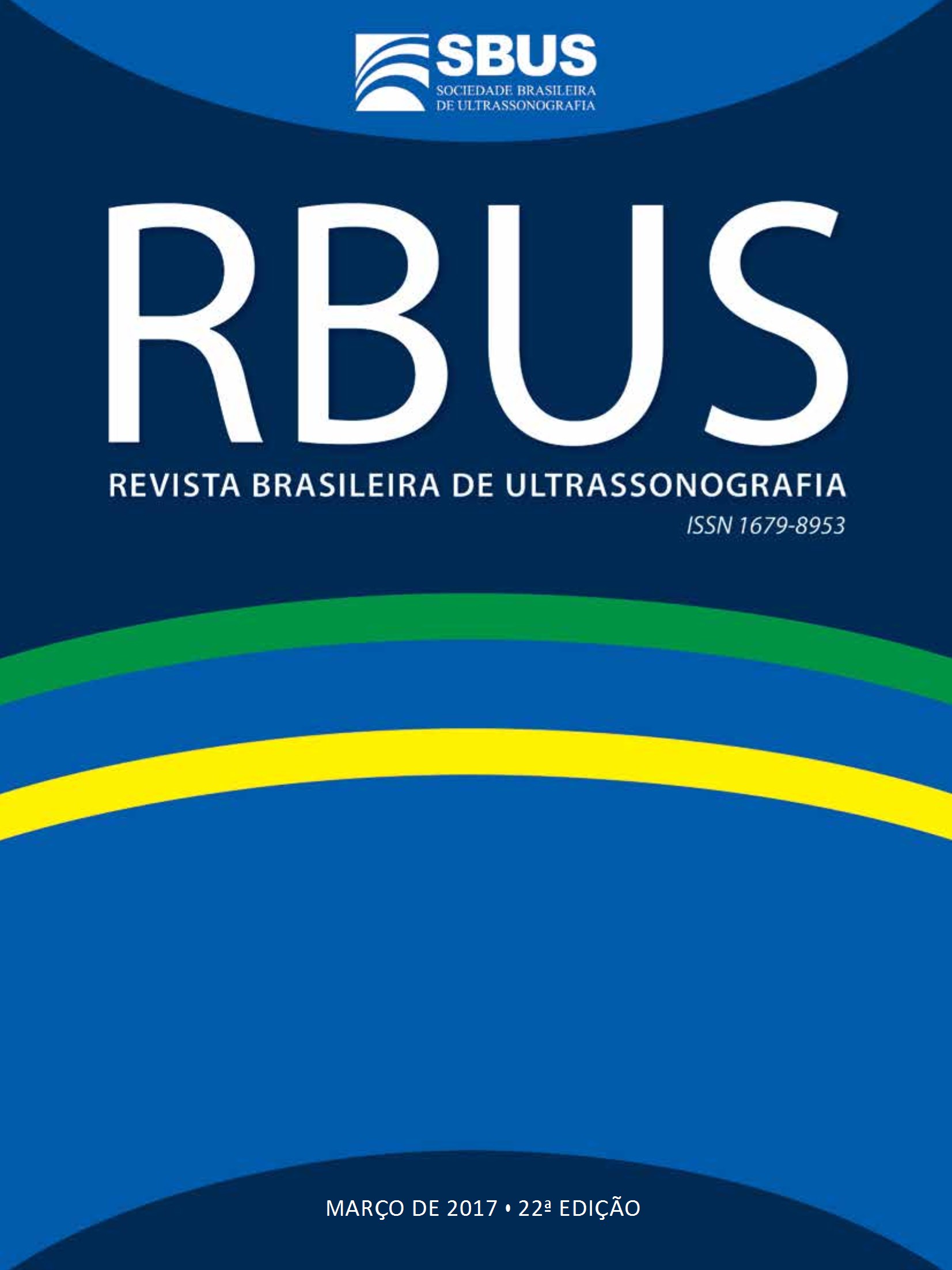The ultrasound role in diagnosis pancreatic tumor
Keywords:
Pancreatic cancer, sensitivity, specificity, ultrasoundAbstract
OBJECTIVES: To identify the sensitivity and specificity of ultrasonography in pancreatic cancer detection and describe the typical findings of pancreatic adenocarcinoma. METHODS: Virtual databases were searched PubMed and SciElo with the following key words: ultrasound, pancreatic cancer, sensitivity and specificity. The types of evaluation studies were selected for comparative studies, reviews and systematic reviews, meta-analyzes, multicenter studies and guidelines. RESULTS: Transabdominal ultrasound has variable sensitivity of 60 to 70% and specificity of approximately 50% to detect pancreatic cancer. Since endoscopic ultrasound has greater sensitivity may reach 93% for children under 3 cm tumors. The specificity of endoscopic ultrasound can reach 100% with a VPP of 100% and VPN of 72%. Pancreatic adenocarcinoma is presented to ultrasound as a solid mass, hypoechoic, poorly defined and hypovascularization. Doppler may allow the identification of the relationship with the celiac trunk, superior mesenteric artery, portal vein and superior mesenteric vein in the presence of the double duct sign. CONCLUSION: The observance of the correct technique of ultrasound agency approach, and anatomical knowledge of the Pancreas and careful observation of the direct and indirect pancreatic cancer signs can help in early diagnosis and perhaps favor a longer survival for patients.



